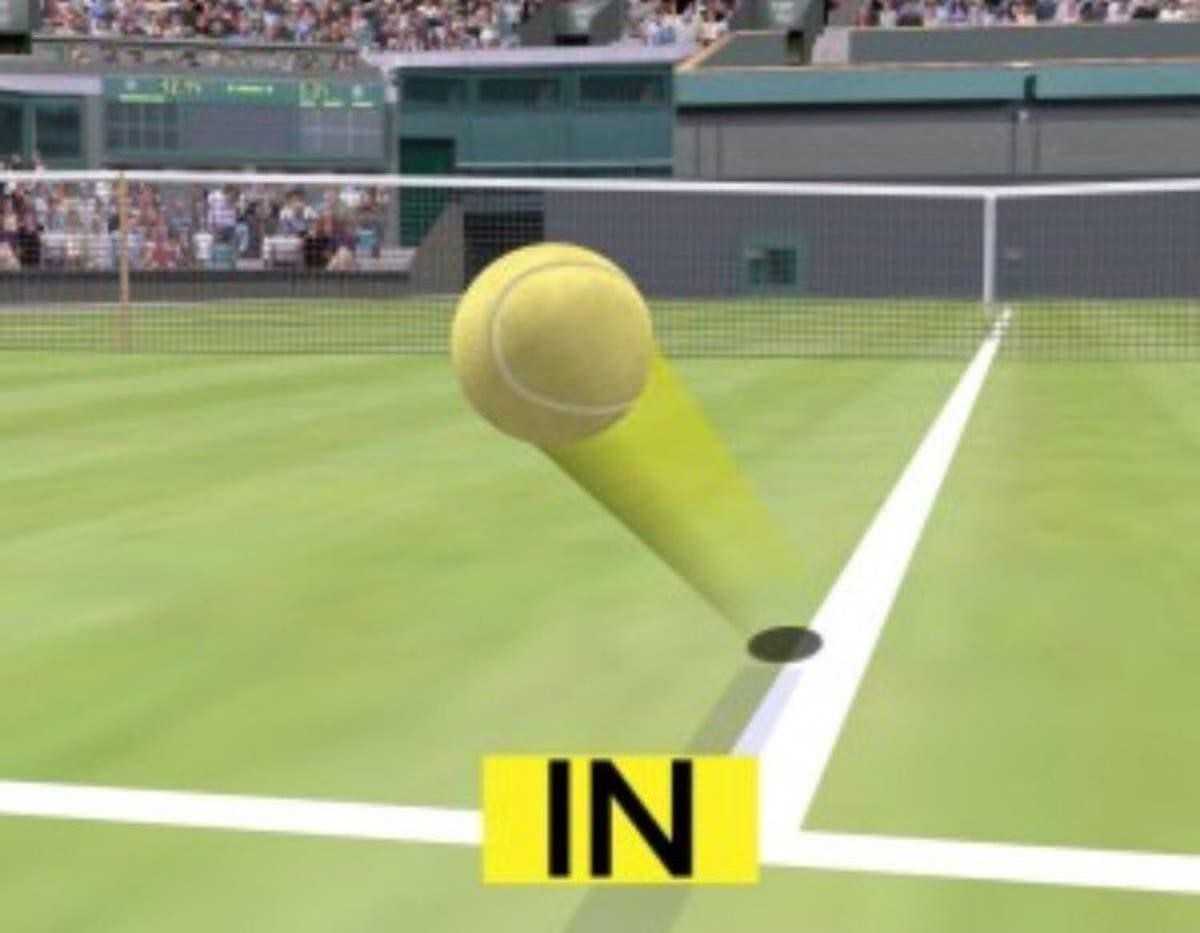Technology applied to sport: from tennis to basketball to football. How is the world of sport changing in 2021?
Technology has now, and fortunately, invaded most sectors. Over time, by force of circumstances, it also had to permeate sports which, starting from tennis and basketball, up to cheese, were thus able to benefit from new systems and supports to support the referees thanks to which many errors are avoided.
Plus the technology it not only helps referees but also athletes and teams to prepare for matches thanks to performance analysis and much more. If up to a few years online sports betting was probably the only world linked to sport that looked to a new era, that of the internet, today we can say that something has changed and even considerably. We think of the world of streaming matches or the advantage of using a virtual coach on the bench for football teams.
Tennis and technology
Tennis was one of the first sports to marry technological evolution. It is no coincidence that we speak of intelligent referees. This category includes three products such as FlightScope Tennis, Hawkeye Innovations and Foxtenn which have been approved by the International Tennis Federation (ITF), boasting the status of PAT (Player Analysis Technologies).
The line call system mainly consists of cameras mounted on each court, four of them at high speed for ball detection and another eight dedicated to line call. During the line call, the data is processed and provides an update to the referee via the official review application.
The Hawk-Eye system was created in 1999 in the UK and was first used in cricket (in 2001) in a test match between Pakistan and England. Essentially, the tracking system is based on the principles of triangulation using visual images and timing data captured by high-speed cameras installed around the stadium, cameras that are calibrated and synchronized before each event. These are usually positioned high above the courts in such a way that they can capture the trajectory of the balls with minimal obstructions.
Technology in basketball
Another sport where technology is particularly present is basketball. Coaches are obviously also involved in the hyper-technological development, who will be able to use the new tools to collect their players’ data, improve their management and reduce injuries, and to collect as much useful information about their opponents as possible. The electronic bulletin board is also truly futuristic, which surpasses the traditional one with magnets, not to mention the old blackboard, allowing you to view the tactical movements of the players in a more realistic way. The part concerning the fans is also very interesting. Assuming that the very young (but not only them …) are no longer able to passively watch a game in front of the TV, but must be active and interact in some way, here is a rain of app proposals with which to transform their experience more actively. The fan sitting on the sofa will choose the type of replay to watch, viewing the event from a player’s point of view or a different angle to enjoy the match highlights. With the game becoming almost a video game.
And football?
Football has opened up, perhaps with a delay, to the advantages of the technological world in recent years. IS we are not referring only to the VAR, but also to all those systems that are used to monitor the performance of the players. For example, let’s think of GPS technology that exploits individual tracking at a team level, then entrusting specific software with the task of processing and aggregating the acquired data and returning all the suitable metrics to evaluate the activity in the field of the entire team.
In this market, the real challenge lies more in the software used than in the electronics of the device (which is easily accessible). They are products that usually do not offer high precision due to the intrinsic limitations of the technology itself: the data collected is returned only in a deferred manner.
In the last two years, a very different approach to team tracking has emerged from the satellite one and which is based on local radiolocation (LPS: Local Positioning System). This, in addition to being more precise than GPS, also works indoors and can provide real-time data to the user. Systems of this type currently represent the solution most in line with the needs of football clubs, but the investments required continue to be high, without considering that the setup and use of these systems are by no means simple.
All this limits the use of LPS systems to high level realities. The potential market is very large, but before adopting this technology, many companies and coaches are waiting for the price to drop, and for it to become even easier to use.















